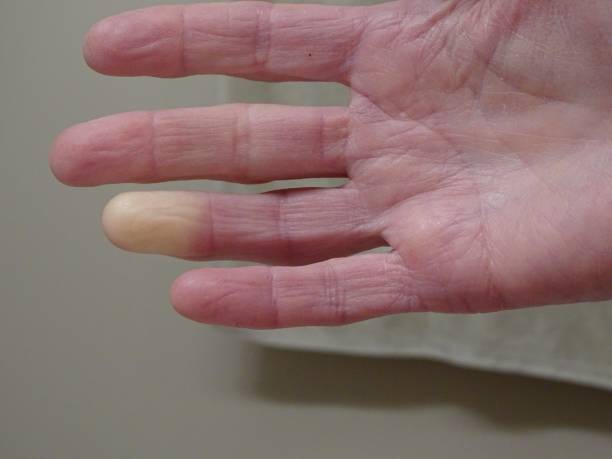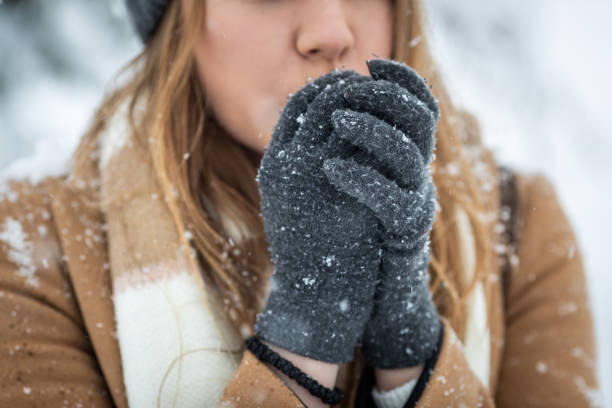What you need to know....At our hand therapy clinic, we often see patients experiencing cold, discolored fingers and discomfort during colder months or stressful situations. Raynaud’s Disease is a condition where the small blood vessels in the fingers (and sometimes toes) overreact to cold temperatures or emotional stress, causing them to narrow and temporarily reduce blood flow. This leads to colour changes in the skin — typically white, then blue, followed by red as circulation returns — often accompanied by numbness, tingling, or discomfort. For many people, Raynaud’s is more of an inconvenience than a serious problem, but for others, it can significantly impact daily function, especially in colder months or in air-conditioned environments. Tasks that require fine motor skills, like typing, writing, or opening jars, can become frustrating when your hands suddenly lose circulation. Symptoms to Watch ForSymptoms usually affect the fingers and may include:
Treatment and ManagementWhile there’s no cure for Raynaud’s, as a hand therapist, I often work with people experiencing Raynaud’s to help manage symptoms and maintain hand function. Key strategies include:
Consequences of Not Managing Raynaud’sIf left unmanaged, Raynaud’s can lead to:
We're Here to HelpRaynaud’s is manageable with the right supports in place. Early recognition and a tailored plan from your hand therapist can make a significant difference — helping you stay active, independent, and comfortable in your daily life. Follow this link to the Australian Hand Therapy Association's downloadable information sheet on Raynaud's disease: Your browser does not support viewing this document. Click here to download the document.
0 Comments
Leave a Reply. |
AuthorKate Crump- Physio, Archives
November 2025
Categories |




 RSS Feed
RSS Feed